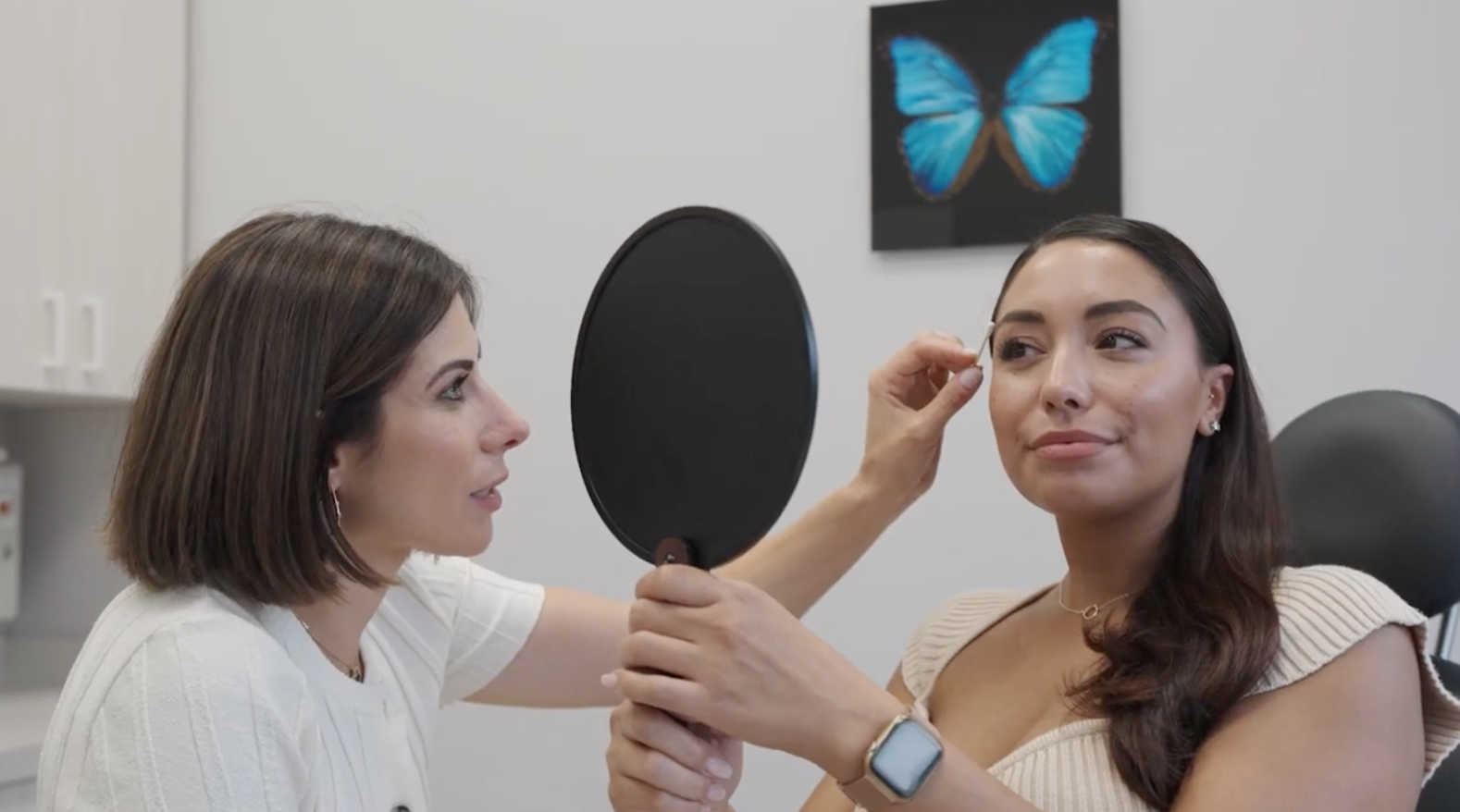
Eyelid surgery can have a powerful effect on your appearance and confidence. But when the outcome doesn’t meet your expectations or results in discomfort, revision blepharoplasty may be necessary. Dr. Flora Levin is a board-certified oculofacial plastic surgeon who specializes in complex eyelid surgeries, including revisions. Her meticulous approach prioritizes natural-looking results and optimal eyelid function, earning her a reputation as a leader in this delicate area of facial surgery.
In this blog, we’ll explore the most common signs that may indicate the need for revision blepharoplasty and why it’s essential to trust an expert for this delicate procedure.
Cosmetic Signs Something’s Off
Sometimes the results of eyelid surgery are technically sound but simply don’t align with your desired appearance. If you’re unhappy with how you look post-surgery, these signs may point to the need for a revision:
- Unnatural or overdone results: Your eyes may appear hollowed, overly tight, or asymmetrical.
- Residual puffiness or loose skin: Under-eye bags or excess upper eyelid skin that remain after surgery.
- Eyelid asymmetry: One eye looks more open, sunken, or has a different crease shape than the other.
- Visible scarring or surface irregularities: Raised scars or uneven textures that affect appearance.
Functional Problems After Blepharoplasty
Eyelid surgery isn’t just cosmetic; it also affects how your eyes feel and function. If you’re experiencing the following symptoms, a revision may be necessary to restore comfort and proper eye health:
- Difficulty closing your eyes fully
- Dryness, irritation, or tearing
- Vision interference due to eyelid position

Signs of a Poor Recovery or Surgical Complication
Even if your procedure initially seemed successful, complications or poor healing can develop over time. Look for these red flags:
- Delayed healing or prolonged swelling beyond the normal recovery period
- Persistent bruising, discomfort, or tightness
- Changes in eyelid shape during recovery that suggest tissue settling unevenly
When to Consider a Revision
Deciding when to pursue revision blepharoplasty depends on the severity of your symptoms and how much time has passed since your initial surgery. In most cases, it’s best to wait at least six months to allow tissues to fully heal and swelling to subside. During a consultation, Dr. Levin will assess your concerns, review your surgical history, and determine whether a revision is appropriate at this time.
Why Expertise Matters in Revision Cases
Revision blepharoplasty is far more complex than primary eyelid surgery. Scarring, altered anatomy, and reduced blood supply make these cases challenging, and only highly skilled surgeons should attempt them. With advanced oculofacial training and thousands of procedures performed, Dr. Levin is one of the few surgeons qualified to take on these intricate revisions with confidence.
Get the Results You Deserve with Dr. Levin
If you’re unhappy with the outcome of a previous eyelid surgery, you don’t have to settle. Revision blepharoplasty with Dr. Levin can help restore both form and function, giving you the refreshed, natural results you originally hoped for. With her meticulous technique and patient-focused care, Dr. Levin has helped countless individuals finally achieve the natural results they were seeking.
Schedule your consultation today to take the first step toward restoring your confidence.

